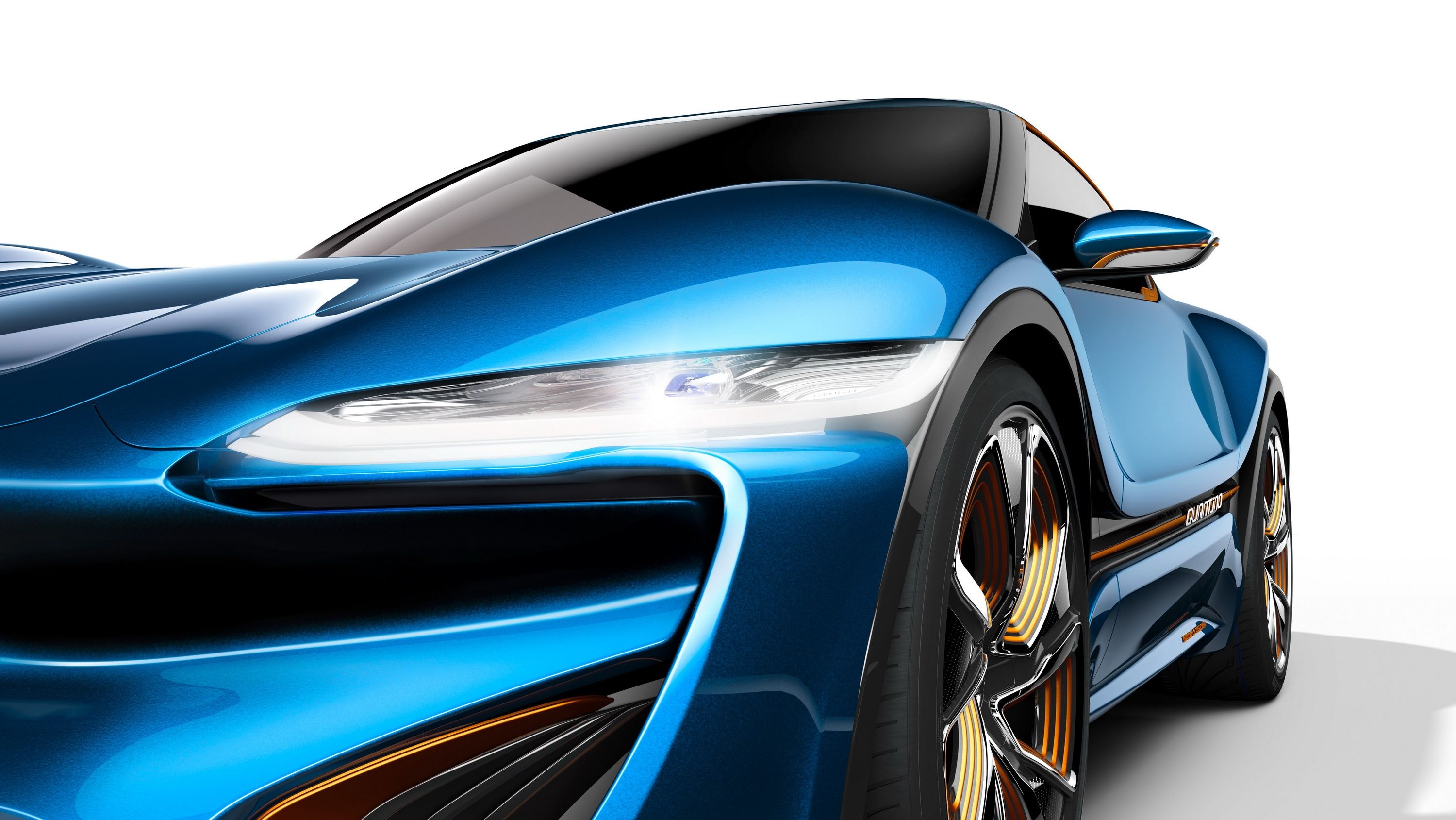First showcased at the 2015 Geneva Motor Show in concept form, the innovative NanoFlowcell Quantino might go into production in the future. According to the London-based company, NanoFlowcell is in talks with a "large manufacturer that is not German" about moving the Quantino from concept to production form. The Quantino could be rebranded and become reality in "four to five years' time," the company's technology boss, Nunzio La Vecchia, told Autocar.
It's not yet clear which automaker will help Nanoflowcell and how much the company will spend to bring the car onto public roads, but the Quantino's arrival could change the way we look at green cars. That's because the technology behind it is not only revolutionary, but it could also make electric cars seem dated.
Specifically, the Quantino takes its power from a ion exchange between a positively charged liquid and a negatively charged one. The liquids, which consist of water and an undisclosed mix of organic and inorganic salts, are kept in separate on-board tanks and pumped into a semi-permeable membrane. Working like a typical fuel cell membrane, it keeps the liquids separate while allowing ions within them to cross and create electricity.
The system produces 48 volts and drives four 25kW electric motors that give the Quantino an output of around 106 horsepower and 148 pound-feet of torque. The car can travel for 620 miles with both tanks full, while top speed is estimated at 124 mph. The refueling process is similar to that of an internal combustion engine car, but it needs two different fluids instead of one. Much of the car's running gear and components come from a BMW 2 Series, but this could change as the vehicle moves closer to production.
Continue reading for the full story.
Why it Matters?
A production version of the Quantino would revolutionize the alternative vehicle market due to the numerous technologies that NanoFlowcell has patented for this car. First, the company refined the "Redox" liquid batteries invented in the 1950 and improved by NASA in the 1970 by adding much greater energy density through single-use electrolytes. These are non-hazardous and easy to manufactur, which makes replacing them both easy and cheap. The "battery" technology is also more affordable compared to that used in hydrogen cars, which require expensive carbon tanks to handle the pressure.
NanoFlowcell also patented new high-current cables. While these cables are usually thick and heavy, the company came up with a new technology that keeps them thin, but efficient in the 300-amp system needed for the low-voltage battery. Finally, there's the positive and negative liquids that produce electricity without needing to stay plugged in for hours or depend on an EV or hydrogen infrastructure. Although the mix is still a mystery, NanoFlowcell says that the technology could be licensed for other vehicle in the future.
Read our full review on the 2015 NanoFlowcell QUANTiNO here.

